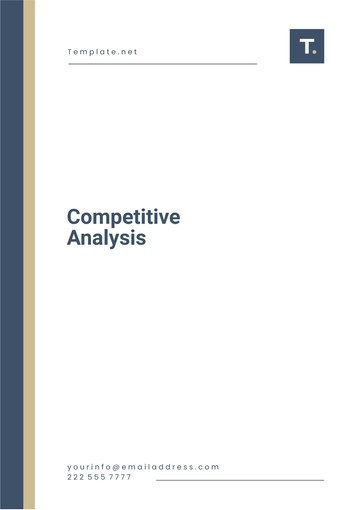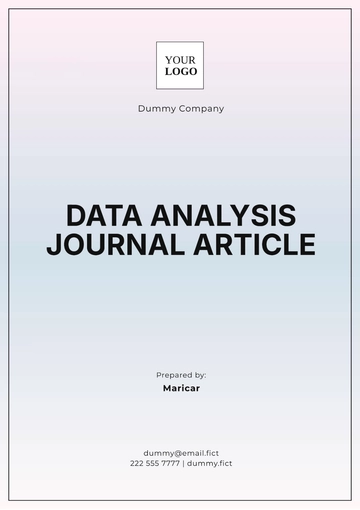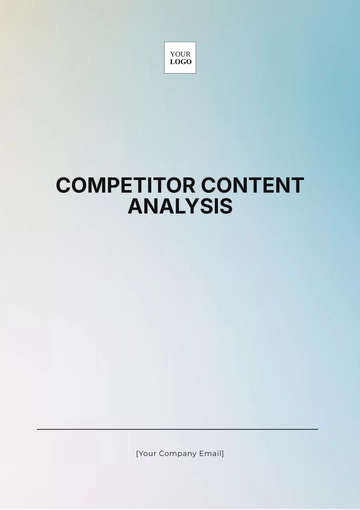Law Firm Activity Analysis
I. Executive Summary
In our comprehensive analysis of firm activities, we assessed the workflows, resource allocation, and productivity across various departments. This examination was aimed at identifying inefficiencies and pinpointing areas where operational enhancements could be implemented. Key findings revealed significant time expenditure on non-billable administrative tasks, a lack of standardized processes for routine tasks, and uneven workload distribution among team members.
Key Findings
Excessive time spent on administrative tasks not directly billable to clients.
Inconsistent procedures for case management across different departments.
Disproportionate distribution of workload leading to inefficiencies and employee burnout.
Recommendations
Implement automation tools to reduce time spent on routine administrative tasks.
Develop and enforce standard operating procedures for case management.
Redesign workload distribution to ensure a balanced allocation of tasks.
II. Introduction
The purpose of this activity analysis is to scrutinize the internal operations of our firm to enhance our overall efficiency and productivity. By analyzing specific activities within key departments, we aim to identify bottlenecks and inefficiencies that impact our performance and client service. The scope of this analysis encompasses all major departments including legal, administrative, and support services, focusing particularly on activities related to case handling, client interactions, and internal administration.
III. Methodology
To conduct this activity analysis, we employed a combination of quantitative and qualitative data collection methods. Quantitative data was gathered through time tracking software which provided insights into the time spent on various tasks by different departments. Qualitative data came from interviews and feedback sessions with staff at all levels, which helped to understand the context behind the numbers and uncover issues related to workflow and satisfaction. The analysis also incorporated process mapping techniques to visually document and examine the workflows in place. This blend of methods enabled a comprehensive understanding of our firm's operations and the effectiveness of current practices.
IV. Activity Breakdown
To comprehensively assess our firm’s activities, we broke down the main activities within our departments into quantifiable metrics. We focused on major activities, analyzing the time spent, associated costs, output quality, and client satisfaction levels. This analysis provides a clear picture of how resources are currently being utilized and the outcomes of these expenditures.
Major Activity | Time Spent (hrs/week) | Cost (USD/week) | Output Quality | Client Satisfaction |
|---|
Case Management | 150 | 15,000 | 8 | 8 |
Legal Research | 100 | 10,000 | 7 | 7 |
Document Preparation | 80 | 8,000 | 9 | 9 |
Client Consultations | 50 | 5,000 | 9 | 9 |
Administrative Tasks | 120 | 6,000 | N/A | N/A |
Marketing and Outreach | 30 | 3,000 | N/A | 8 |
V. Analysis of Findings
The data from the Activity Breakdown table provides significant insights into several key areas of our operations. Notably, a substantial amount of time and resources are dedicated to administrative tasks, which, while necessary, do not directly contribute to client satisfaction or revenue generation. This area showed no direct impact on output quality or client satisfaction, indicating potential for efficiency improvements.
Case management and legal research, while essential to our services, also present areas where time could be optimized. The time and cost associated with these activities are high, and although they score well in terms of output quality and client satisfaction, the efficiency of these processes could still be improved.
Document preparation and client consultations show the highest levels of client satisfaction and output quality, suggesting that these activities are well-managed and effective. However, the resources dedicated to marketing and outreach appear to have less impact on client satisfaction relative to the investment, suggesting a need to reassess our approach in this area.
Overall, the findings indicate that while some activities are efficiently driving high client satisfaction and quality outputs, others, particularly administrative tasks and some aspects of case management and legal research, could benefit from process reengineering and technology integration to boost efficiency and reduce costs.
VI. Benchmark Comparison
To better understand our firm's performance relative to industry standards, we compared our activity metrics with those of leading competitors in the legal sector. This benchmark comparison helps us gauge where we stand in terms of efficiency, cost management, and client satisfaction, providing a clearer perspective on our competitive advantages and areas for improvement.
It is evident that our firm spends more time on key activities such as case management and legal research compared to industry averages, which may contribute to the slightly lower client satisfaction scores in these areas. This suggests inefficiencies and potential over-allocation of resources, underscoring the need for more streamlined processes and perhaps a shift towards more advanced technological solutions.
VII. Recommendations
Based on our findings and benchmark comparison, we propose the following strategic recommendations to enhance operational efficiency and client satisfaction:
Optimize Administrative Processes: Implement automation tools for routine administrative tasks to reduce time and cost.
Streamline Case Management: Standardize case management procedures to reduce variability and improve efficiency.
Enhance Legal Research Tools: Invest in advanced legal research technologies to decrease time spent and improve the quality of research.
Reevaluate Marketing Strategies: Focus on digital marketing efforts that have proven to yield higher ROI and client engagement.
Continuous Training Programs: Regular training for staff to ensure high competence in using new tools and processes.
VIII. Implementation Plan
To ensure the successful implementation of these recommendations, the following plan outlines the steps, assigned responsibilities, and timelines.
Step | Timeline | Responsibility |
|---|
Automate Administrative Tasks | | Operations Manager |
Standardize Case Management | | Practice Heads |
Upgrade Legal Research Tools | | IT Department |
Shift Marketing Focus | | Marketing Department |
Launch Training Programs | | Human Resources |
IX. Conclusion
This activity analysis has provided valuable insights into our operational strengths and highlighted critical areas for improvement. By implementing the recommended changes, we anticipate not only achieving better alignment with industry standards but also enhancing our client satisfaction and operational efficiency. Our commitment to continuous improvement and adaptation will ensure our firm remains competitive and responsive to both market and client needs.
Law Firm Templates @ Template.net






























